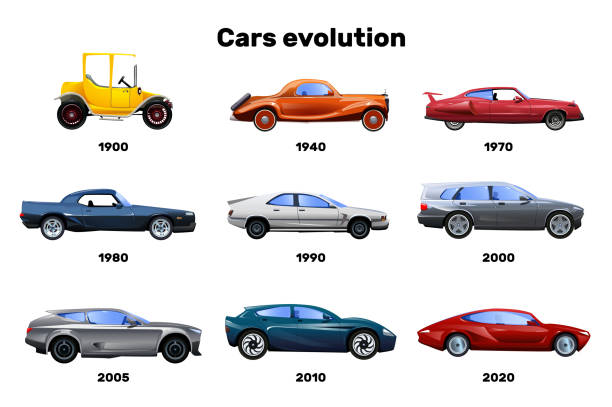Study: car evolution trends
Cars grow over years, as technology advance and more gadgets should be included under body, but in Europe since 1990s, the cars are growing crazy with about 10-20 cm per model change, which is exaggerate, based on technology evolution, 5 mm per year is enough. This non-natural grow causes companies to abandon large models and introduce new smaller models below existing models.
Car classification in Europe is not officially regulated, instead it is defined in relative size with other cars. Some brands do not follow the common class sizes, making cars with intermediate sizes, these are usually considered being part of the smaller class, causing further increase in size of car classes. Seems that all European companies wants to make a car bigger than competitor’s cars of same class.
Read More


